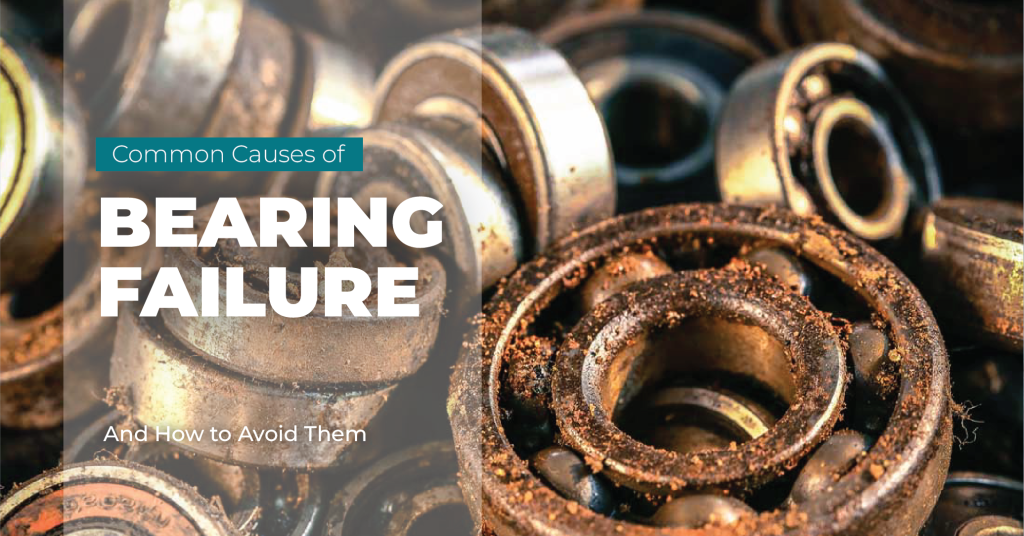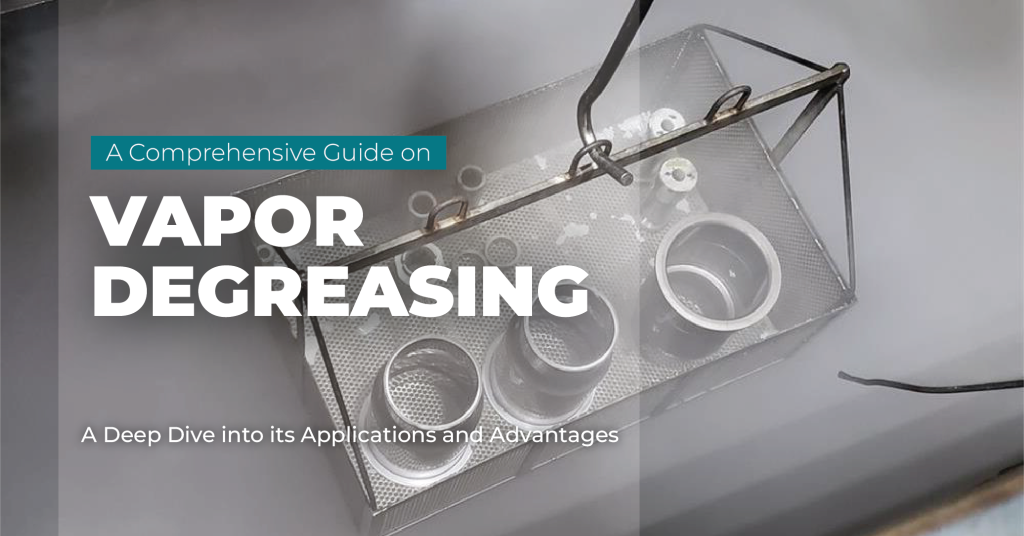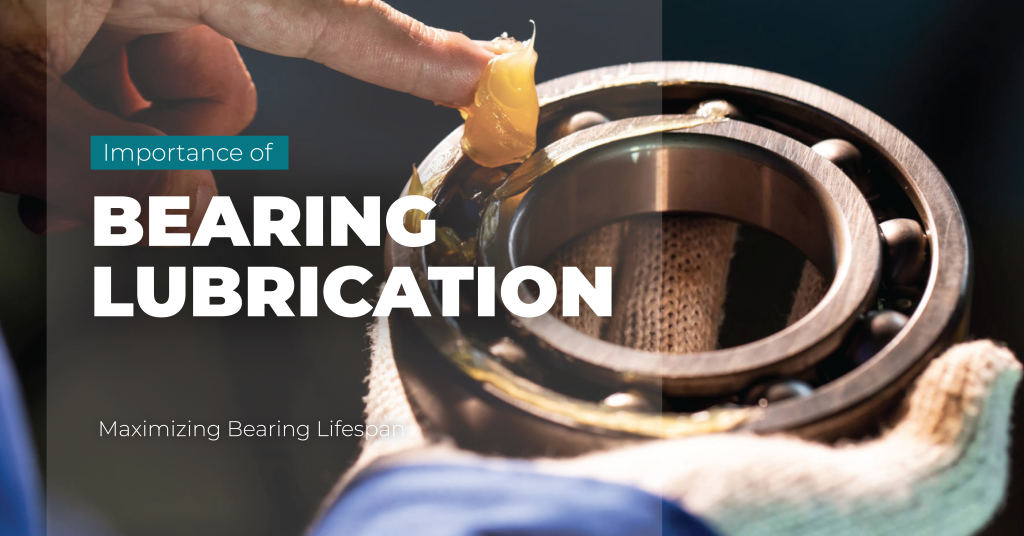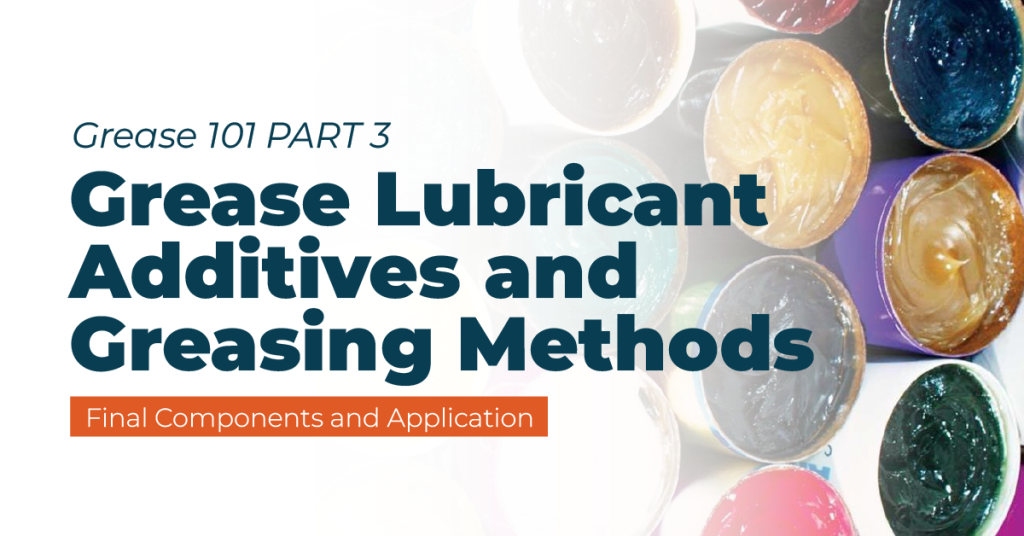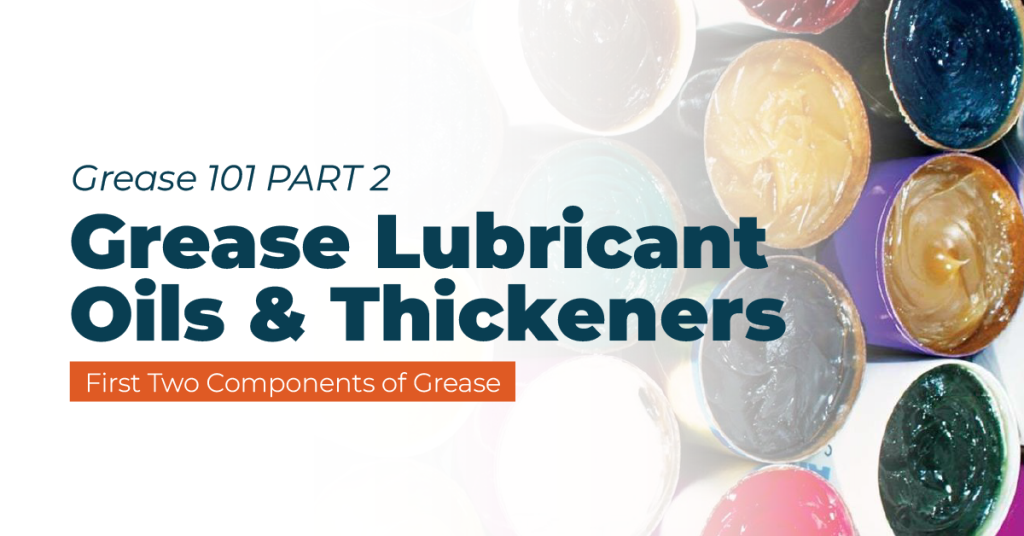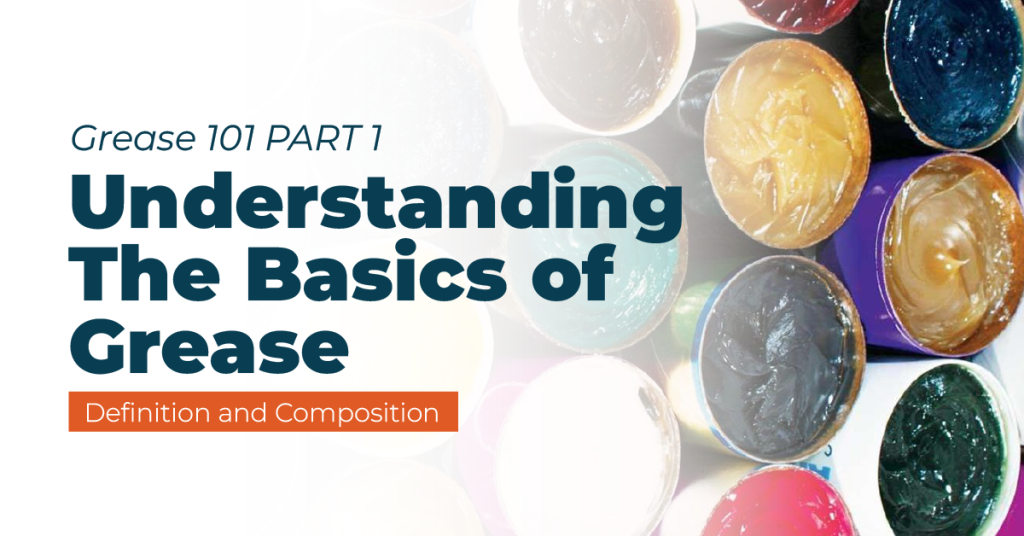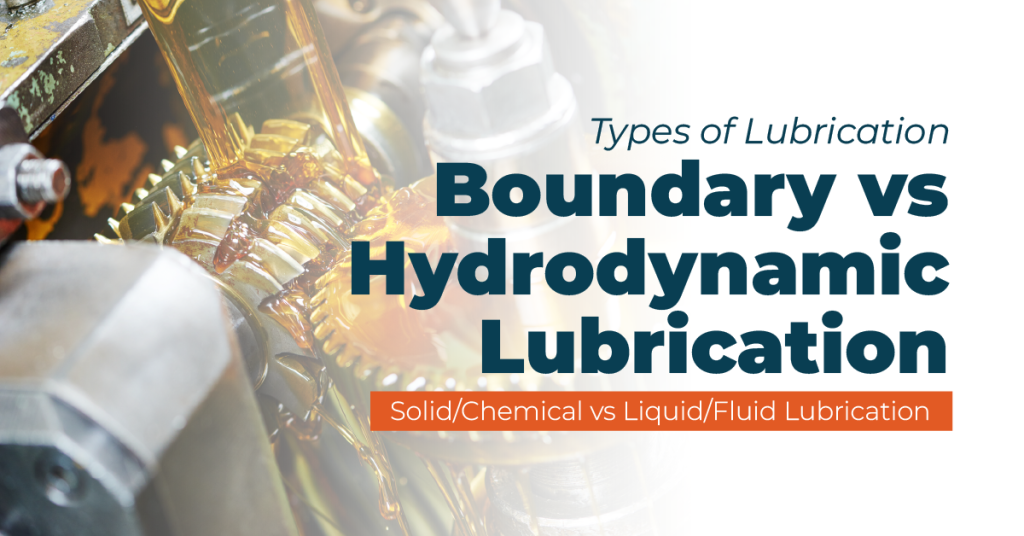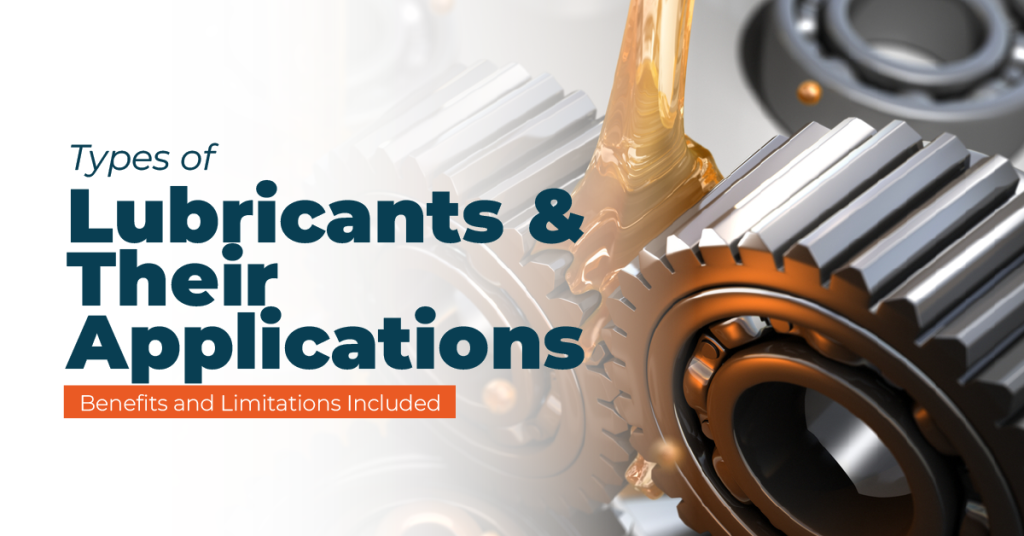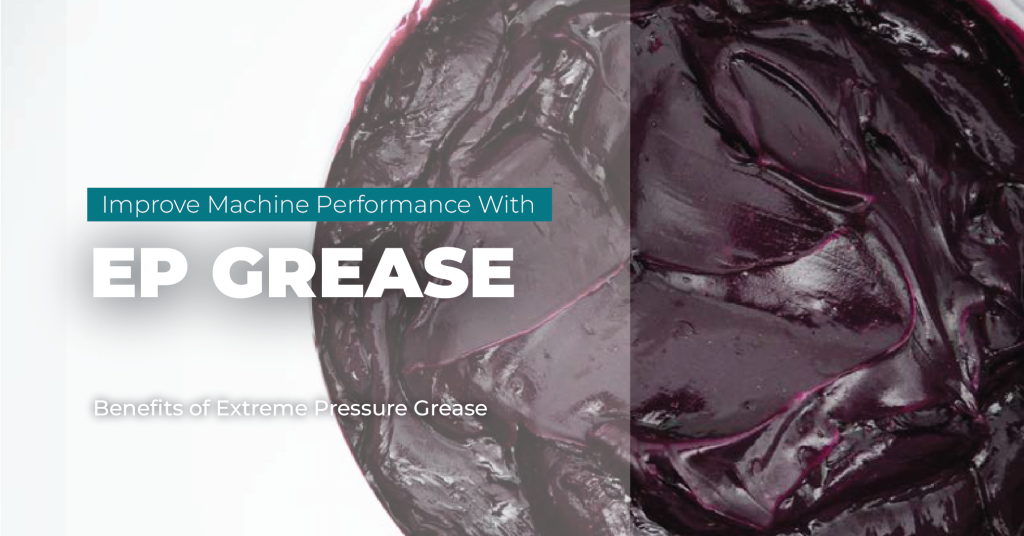
How Extreme Pressure EP Grease Enhances Machine Performance
EP grease with Extreme-Pressure (EP) additives are highly advanced greases designed to provide lubrication, protection, and sealing for machine components and heavy-duty applications that require an Extreme-Pressure semisolid lubricant. Greases without EP additives may struggle or fail to meet the demands of heavy-duty tasks, such as the lubrication of heavily loaded bearings. Extreme-Pressure additives offer excellent protection for machine components and vehicles operating under extreme conditions, providing increased resistance to rust, oxidation, and improved shear stability compared to non-EP greases.

